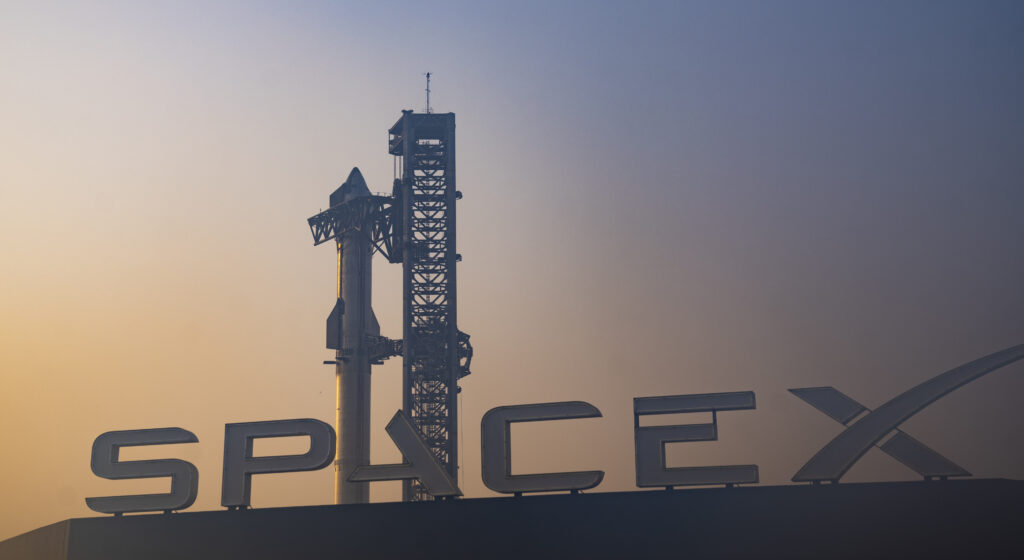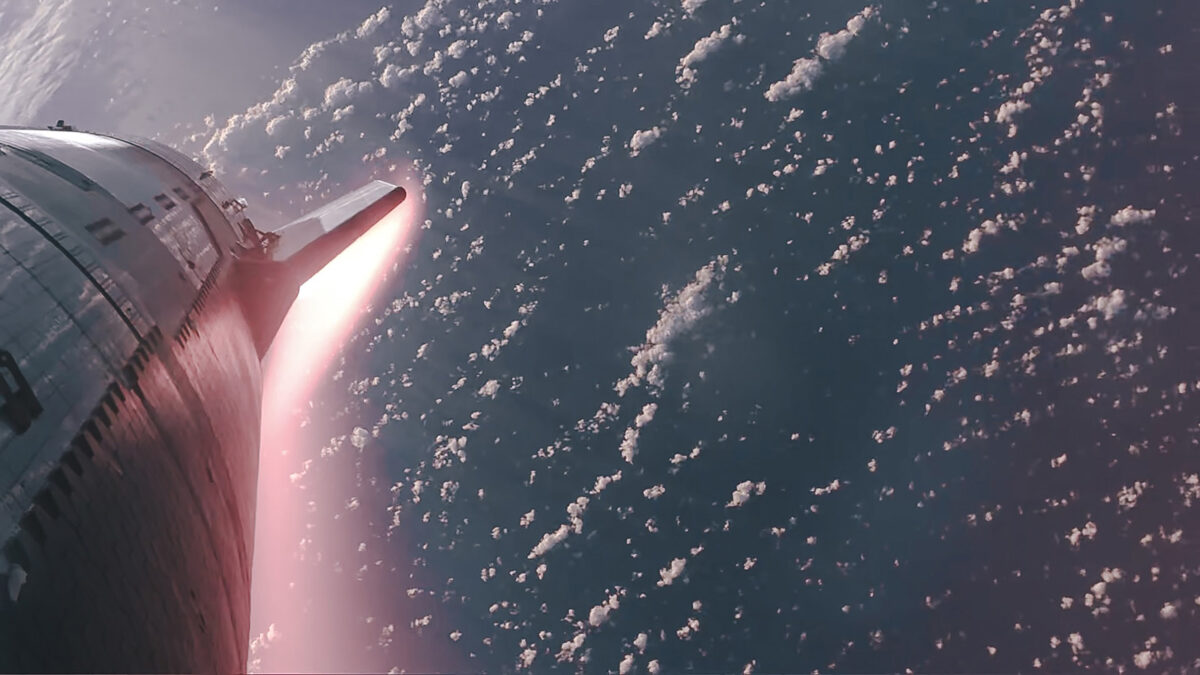On June 6, SpaceX will conduct the fourth test of the superheavy Starship system. The key goal of the test is to enter the atmosphere and land both the booster and the spacecraft.
The largest rocket in history
Starship is the name of a fully reusable transportation system created by SpaceX. It consists of a spacecraft of the same name and a booster (first stage) called Super Heavy. Both components are reusable. The mass of the bundle of Starship and Super Heavy in the refueled state is about 5,000 tons, height — 121 m. This makes them the largest launch vehicle in history.

The Super Heavy stage (its length is 71 m) is equipped with 33 Raptor engines using methane as fuel and liquid oxygen as an oxidizer. The Starship spacecraft (its length is 50 m) is equipped with six Raptor engines. In the reusable version, it will be able to deliver 100-150 tons of cargo to low Earth orbit. In the future, SpaceX is going to create an even more powerful version of the spacecraft capable of launching up to 200 tons of payload into space.
Live broadcast of the Starship launch
Starship is scheduled to launch on June 6. The 100-minute window for the spacecraft’s flight will open at 8 a.m. EDT (1200 GMT), or 7 a.m. CDT. The live broadcast of the event will be conducted by the company on the social network X (formerly Twitter).
Watch Starship’s fourth flight test → https://spacex.com/launches https://twitter.com/i/broadcasts/1OwxWYzDXjWGQ
— SpaceX (@SpaceX) June 6, 2024
Alternate broadcasts of the launch will also be available on Youtube
The fourth flight of Starship will take place according to the following scheme. A bundle of Super Heavy and the Starship prototype will be launched from the SpaceX test site near the Texas village of Boca Chica. After separation, the booster will perform a partial return maneuver and land in the Gulf of Mexico.
As for the Starship prototype, it will be accelerated to a slightly lower speed than the first space one. This ensures that in case of loss of control, the spacecraft will not remain in orbit in any case, but will fall into the ocean.
Starship will move along a suborbital trajectory, cross the Atlantic, fly over Africa, and then begin to enter the dense layers of the atmosphere. This will happen 47 minutes after launch.

This is the key stage of the test. During the previous flight, the Starship lost control and collapsed in the atmosphere. SpaceX specialists hope to bring the matter to the end this time. If everything goes according to plan, Starship will make a controlled descent in the atmosphere, gradually lower its speed, after which it will carry out a soft landing in the waters of the Indian Ocean with the help of engines
This is the plan. And we will find out very soon how successfully SpaceX specialists will be able to implement it.


